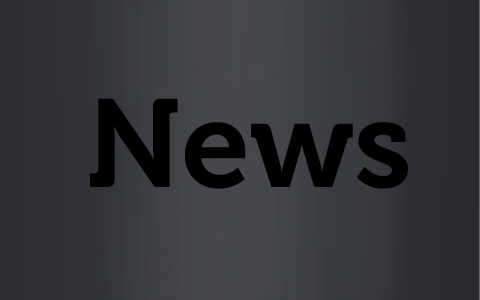How to create a lean and agile software project plan
Before each project commences there needs to be a detailed planning stage, and this post lists and explains the procedure.
starts by having all the possible tasks to be completed in the project, before they have been prioritised by the Product Owner. This is because this plan can be used at a later date, in another iteration of the same product.
One part of project planning will be to create a series of wireframes for the product. The wireframes will used as the blue print of the product. Each will show the interface of the product and demonstrate the connections between them. The wire frame will also label the each object in the interface and list it’s functionality. An example of wireframe software are Balsamiq
or Fireworks.
The design of the product interface will be created over the wireframe, the design will follow the wire frame and should in principle result in something that looks like this:
Source http://www.uxmatters.com/mt/archives/2011/02/from-wireframes-to-code-part-ii.php
Once the design is complete, the design work will need to be integrated in to the product. If the design work is not complete before the programing stage for the product interface begins, the interface should be built to accommodate the designs when they are complete and the interface should be programmed to fit the wire frame.
break down and information flowcharts are another important part of the project planing stage. Task break down is a written description of how each task will work within the finish product, and the stages that need to be taken to complete each task.
Information flowcharts are a graphic representation of the information architecture. The flowcharts represent the algorithms and processes to be included in the product. The flowcharts include a series of different boxes connected by arrows, each box has a label and is an important part of the function. This diametrical representation is a step by step guide to how each function will work.
Each flowchart represents how each function will work, they will include the information delivered to the user and the way the program function. Information flowcharts will be designed using Gliffy, and should result in something something similar to this:
Source http://www.gliffy.com
Task estimation time is an important part of planing a project. When creating a proposal for a client, the tasks are estimated in to a number of days a task should take. The next stage is to break estimation of days in to hourly chunks/tasks, each lasting a maximum of 50 hours.
Related articles
- Should you make a native or a hybrid mobile app? (thestartupmag.com)
- What makes a winning iPad app (thestartupmag.com)
- What is Agile software development and Scrum all about? (thestartupmag.com)


